Top 10 Countries On Nuclear Power
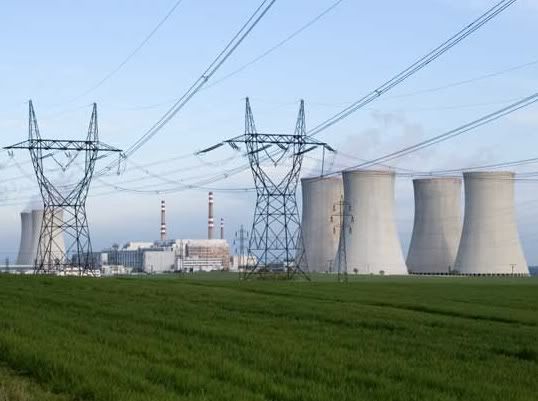 http://news.discovery.com/tech/top-ten-countries-nuclear-power.html
http://news.discovery.com/tech/top-ten-countries-nuclear-power.html
What if you could generate all the electricity you could ever want at half the cost of coal, one quarter the cost of natural gas, a tenth the cost of oil and with negligible greenhouse gas emissions? What if it came with potentially expensive startup costs, rare, but spectacular, disasters and waste perfect for making weapons of mass destruction? Of course, we’re talking about nuclear power and for many countries, particularly European ones, the answer is, “Yes.”
According to Hans-Holger Rogner, Head of the Planning and Economic Studies Section of the United Nation’s International Atomic Energy Agency (IAEA), nuclear plants “are expensive to build, but cheap to run.” Once built, he says, “They are money-printing machines.” Hard for poor countries to pass up.
But even well-off countries are taking a second look at nuclear power, in hopes of reducing greenhouse gas emissions. “Nuclear power is not the solution to climate change,” says Rogner, “but it can make a contribution.”
Greenpeace analyst Jim Riccio disagrees. “Nuclear power takes too long to bring on line, it is prohibitively expensive and since you can actually get there with renewables and energy efficiency, things that don’t threaten our families, homes and communities. Because renewable doesn’t mean reliable. Clouds idle solar generators. Calm air stifles windmills. Even hydropower ebbs and flows with the seasons.
Nor are energy staples oil and gas steadfast. Rogner says that fluctuations in oil and gas markets can fling economies to their knees. But variations in the price of uranium barely register on the nuclear price tag, because fuel is only a small part of a reactor’s operating cost.
So what countries really love about nuclear power is its dependability. Sun or storm, wind or calm, nukes hum. According to Rogner, that makes nuclear perfect for providing a country’s “base electricity needs.” nities and basically aren’t prohibitively expensive, why would you go the nuclear route?”
What about the radioactive waste? While it piles up around nuclear plants, says Rogner, engineers argue over where to stash it. All agree on one point -- no one has come up with a long-term solution. Right now, every nuclear nation on earth uses the Scarlett O’Hara system to deal with the waste: I'll think about that tomorrow.
For thirty-one countries nuclear is the power of now. Let’s look at the IAEA’s top ten list of countries betting their economic lives on nuclear energy. 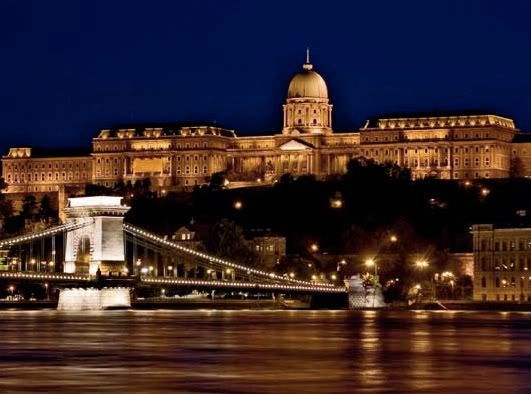 10. Hungary
10. Hungary
Sixty miles south of Budapest, an aging nuclear plant pumps out 37 percent of Hungary’s electricity, its twin red and white chimneys bright against this country’s dim energy horizon. But don’t reach for your sunglasses. Hungarians can’t even afford to mine their own uranium deposits, and must import nuclear fuel from Russia.
Hungarian wind and solar energy development is almost non-existent, according to European Energy Commission statistics, and the mighty Danube flows sluggishly through the flat Hungarian landscape, unable to drive the turbines of hydropower production. Slogging through a swamp of debt, Hungary hopes cheap nuclear electricity will help her climb to higher economic ground. 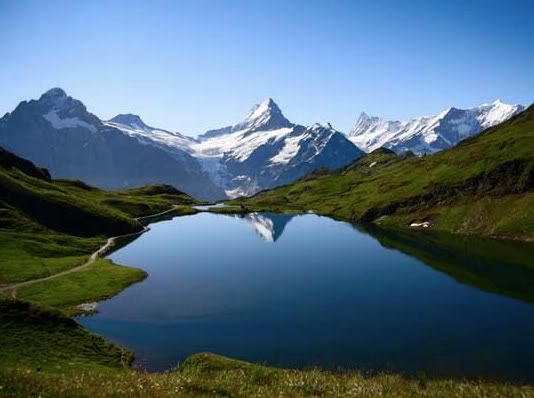
9. Switzerland
This mountainous country was hydropower heaven -- until global warming shrank her glaciers. Now, 39 percent of Swiss electricity comes from nuclear power. As Alpine ice continues to melt, new reactors will spring up on picturesque mountainsides, according to the Swiss General Secretariat.
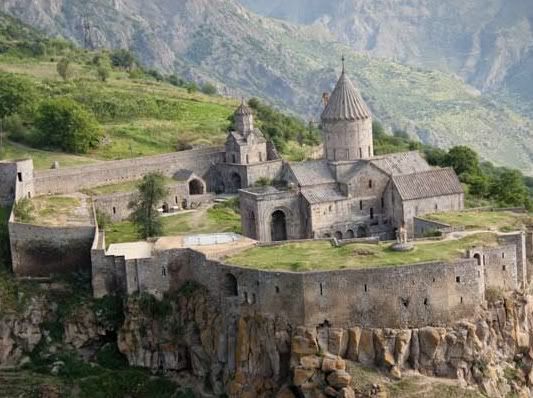 8. Armenia
8. Armenia
Dubbed one of the world’s most dangerous reactors by the U.S. Department of Energy, the Metsamor nuclear complex supplies 40 percent of Armenia’s electricity. An earthquake closed Metsamor in 1988. It reopened in 1995 -- sans seismic safety upgrades. Poverty-mired Armenia promised to shut it down by 2004; but reneged.
The reason? The $280 million it would cost to decommission Metsamor, claims the World Nuclear Association. Meanwhile Armenia has invited ex-enemy Turkey to help build a new reactor on the Metsamor grounds.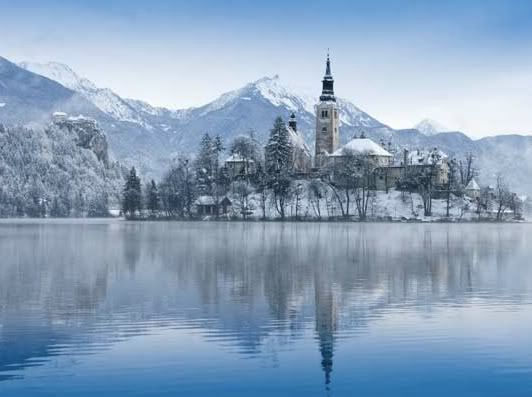 7. Slovenia
7. Slovenia
A Westinghouse nuclear plant grinds out 41 percent of Slovenia’s annual 14 billion kilowatt hours, feeding this nation’s heavy-weight economy. In fact, Slovenia makes so much electricity it sells 6 billion kilowatt hours to neighbors. What Slovenia keeps fattens her per capita GDP, the largest in Central Europe, according to CIA statistics.
 6. Sweden
6. Sweden
Forty-two percent of Sweden’s electricity comes from nuclear energy. Despite three gleaming plants that are the envy of Europe’s nuclear clique, Swedes are ambivalent about nukes, claims the WNA.
In 1980, Swedes queasy from the political fallout of Three Mile Island voted to phase out their existing reactors. But in 2009 Sweden reneged, surprising the world by announcing plans to add nuclear capacity. Fueling the about-face? A faltering GDP, climate-change woes, and worries about energy security. 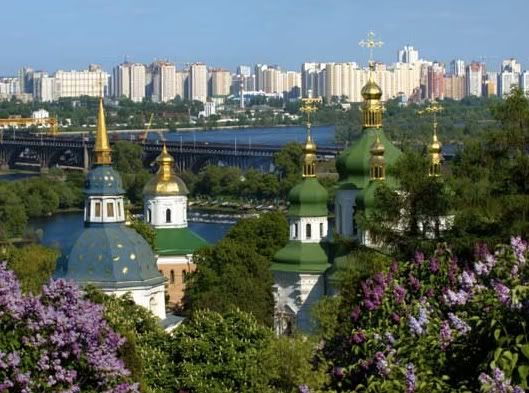 5. Ukraine
5. Ukraine
Under the Chernobyl cloud, which the UN says wafted a hundred times the fallout of Hiroshima and Nagasaki over Europe and North America, Ukraine’s leak-prone nuclear reactors shine on, providing 47 percent of the country’s annual 182 billion kilowatt-hours.
What keeps Ukraine gung-ho about its atomic electricity? A miserable climate, and ex-Mother Russia, who threatens to turn off the natural gas spigot every winter. But who needs Mom if you’ve got your own uranium? According to the WNA, Ukraine will be digging up all the uranium it needs by 2013. 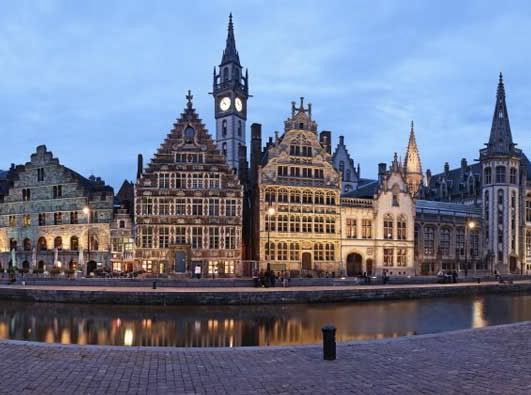 4. Belgium
4. Belgium
Fifty-four percent of Belgium’s electricity is nuclear, notwithstanding Belgians’ rocky relationship with their seven reactors. In 1999, Belgium announced a 40-year phase-out of its nuclear program, only to resurrect it in 2000. Another nuke-free resolution came in 2003, but by 2007 Belgium was again cozying up to the nuclear hearth, and according to the NEA, reviving plans for long-term nuclear energy production.
According to the Belgian Commission on Energy, turning off the reactors would double Belgium’s electricity bill, worsen its greenhouse gas emissions, and deepen the energy-dependence of this nearly natural resource-free country.
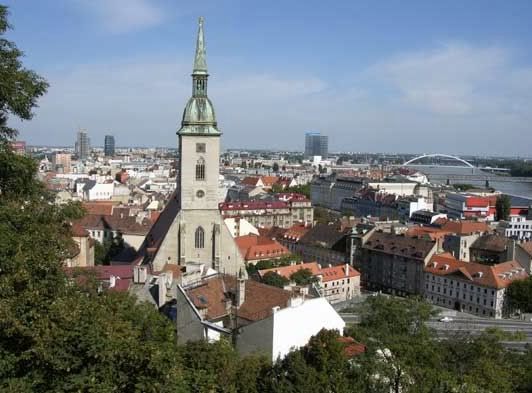 3. Slovakia
3. Slovakia
At 56 percent, this country’s share of nuclear-generated electricity is huge. And Slovakia is enthusiastically adding two reactors to its stable of five. (A fatal refueling accident in 1977 left a sixth plant unusable.)
Worried about the safety of Slovakia’s Soviet-era nukes, the European Union demanded the shutdown of Slovakia’s two oldest reactors. This, despite the fact that Slovaks spent the 1990’s upgrading those reactors to the tune of US $300 million. The miffed Slovaks complied, but are publicly scheming to reopen the plants. As for nuclear housekeeping?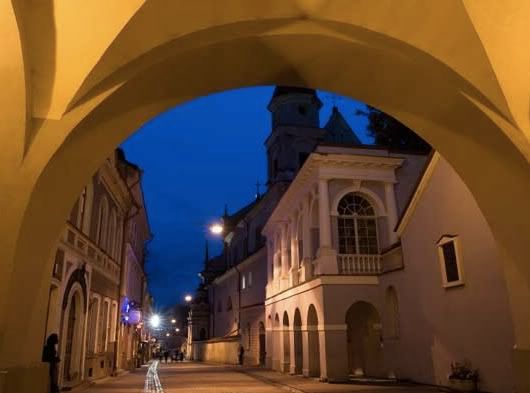 2. Lithuania
2. Lithuania
Flat, cloudy, broke and unhappily dependent on Russia for natural gas, Lithuania has a death-grip on its only reactor, Ignalina. Once the largest reactor in the world, aging Ignalina still supplies 72 percent of Lithuania’s electricity. But in 2009, Ignalina will go dark. According to the 28-nation Nuclear Energy Agency, Lithuania’s Chernobyl-style beast gives the European Union nightmares.
To avoid a return to the Dark Ages, Lithuania is scrambling to get a new generation of reactors on line by 2018. Lithuania is making nice to neighbors Latvia, Estonia, and Poland, in hopes they’ll put up some of the billions a nuclear startup requires. 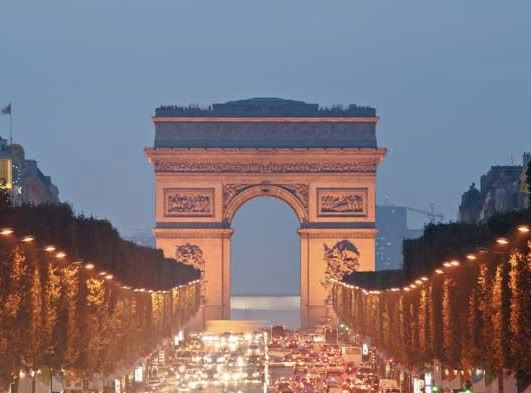 1. France
1. France
In a Faustian quest for energy independence, France tops the list of nations most dependent on nuclear power. A sleek atomic infrastructure that lights 76 percent of her lamps, and allows France to watch the drama of the oil markets from the balcony.
Since hydropower generates most of the remaining 24 percent of France’s power, French electricity is clean, at least in terms of carbon emissions.
The waste that cannot be recycled languishes behind a fence at a nuclear plant in Normandy, while the French talk of developing several leak-proof, terrorist-free "deep geologic disposal" sites by 2025. So far, no suitable sites have been found.
P.S. Doesn't look like Nukes are going to disappear anytime soon. There are problems with the monitoring of Nuclear Power Plants by IAEA. And what to do with the Nuclear waste?I think Thailand should defer Nuclear Power Plants as long possible. New improved nuclear technology is just around the corner. Thailand has barely scratched the surface on Energy Efficiency and Renewables.



0 Comments
Recommended Comments